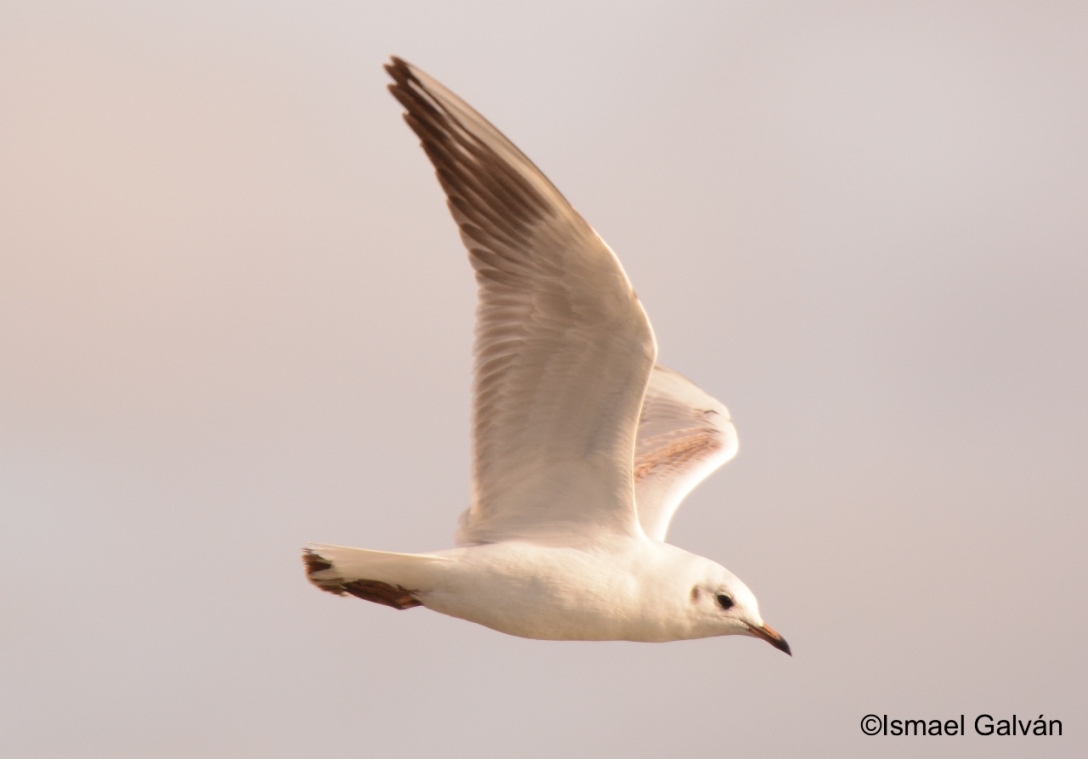Phylogenetic signal is the extent to which phenotypic expression is related to phylogenetic relationships between species, thus reflecting the effect of common ancestry. Signal loss occurs when some species obtain adaptation, regarding a given trait, to certain environmental conditions. Compartmentalization in processes leading to trait expression reduces dependence among them, thus favoring, up to some degree, their independent evolution. Compartmentalization may therefore lead to phylogenetic signal loss, but this effect has been overlooked. Compartmentalization in the expression of melanin-based color traits could exist, which first requires a biochemical process (melanin synthesis in melanocytes) and then a physical process consisting in the deposition of melanins in the integument. To test this hypothesis, the phylogenetic signal was estimated in the concentration of the four structural units of melanins (5,6-dihydroxyindole, 5,6-dihydroxyindole-2-carboxylic acid, benzothiazine and benzothiazole) and in the expression of color produced as a consequence of their deposition in feathers in 59 species of birds. While phylogenetic signal was low in all traits, it was not different from zero in melanin concentration but was considerably higher in color expression. This suggests that compartmentalization in the pigmentary system may allow a differential adaptability and phylogenetic signal loss in melanin synthesis. informacion[at]ebd.csic.es: Galván (2018) Physiological compartmentalization as a possible cause of phylogenetic signal loss: an example involving melanin-based pigmentation. Biol J Linn Soc. Doi 10.1093/biolinnean/bly164
https://academic.oup.com/biolinnean/advance-article-abstract/doi/10.1093/biolinnean/bly164/5146750?redirectedFrom=fulltext
Welcome
Welcome to the official website of the Doñana Biological Station (EBD-CSIC)...

The Doñana Biological Station: EBD-CSIC
The Doñana Biological Station is a public Research Institute belonging to the Spanish Council for Scientific Research CSIC in the area of Natural Resources...

Mission
Our fundamental mission is to carry out multidisciplinary research of the highest standard directed to understanding the way in which biodiversity is generated, maintained and deteriorates, as well as the consequences of its loss...

Our methods
We apply many techniques within a multidisciplinary framework, from molecular genetics to remote sensing, and from modelling to physiological and isotopic analyses...

Monitoring the environment
Monitoring biodiversity at the Doñana Natural Space cover a wide range of communities, including both terrestrial and aquatic organisms...

Aims
Our aims include the study of the ecological and evolutionary processes by combining field work, mathematical and statistical models and physiological and genetic analysis...
 Outstanding
Outstanding
Physiological compartmentalization as a possible cause of phylogenetic signal loss: an example involving melanin-based pigmentation
 News
News
 Las altas temperaturas están provocando que las lagunas y las marismas de Doñana pierdan agua rápidamente
Las altas temperaturas están provocando que las lagunas y las marismas de Doñana pierdan agua rápidamente
 Traffic noise causes lifelong harm to baby birds
Traffic noise causes lifelong harm to baby birds
 Illegal wildlife trade, a serious problem for biodiversity and human health
Illegal wildlife trade, a serious problem for biodiversity and human health
 Urbanization and loss of woody vegetation are changing key traits of arthropod communities
Urbanization and loss of woody vegetation are changing key traits of arthropod communities
The loss of woody areas is linked to a decline in the duration of the activity period, a higher tolerance to drought, and less dispersal capacity in both groups.






